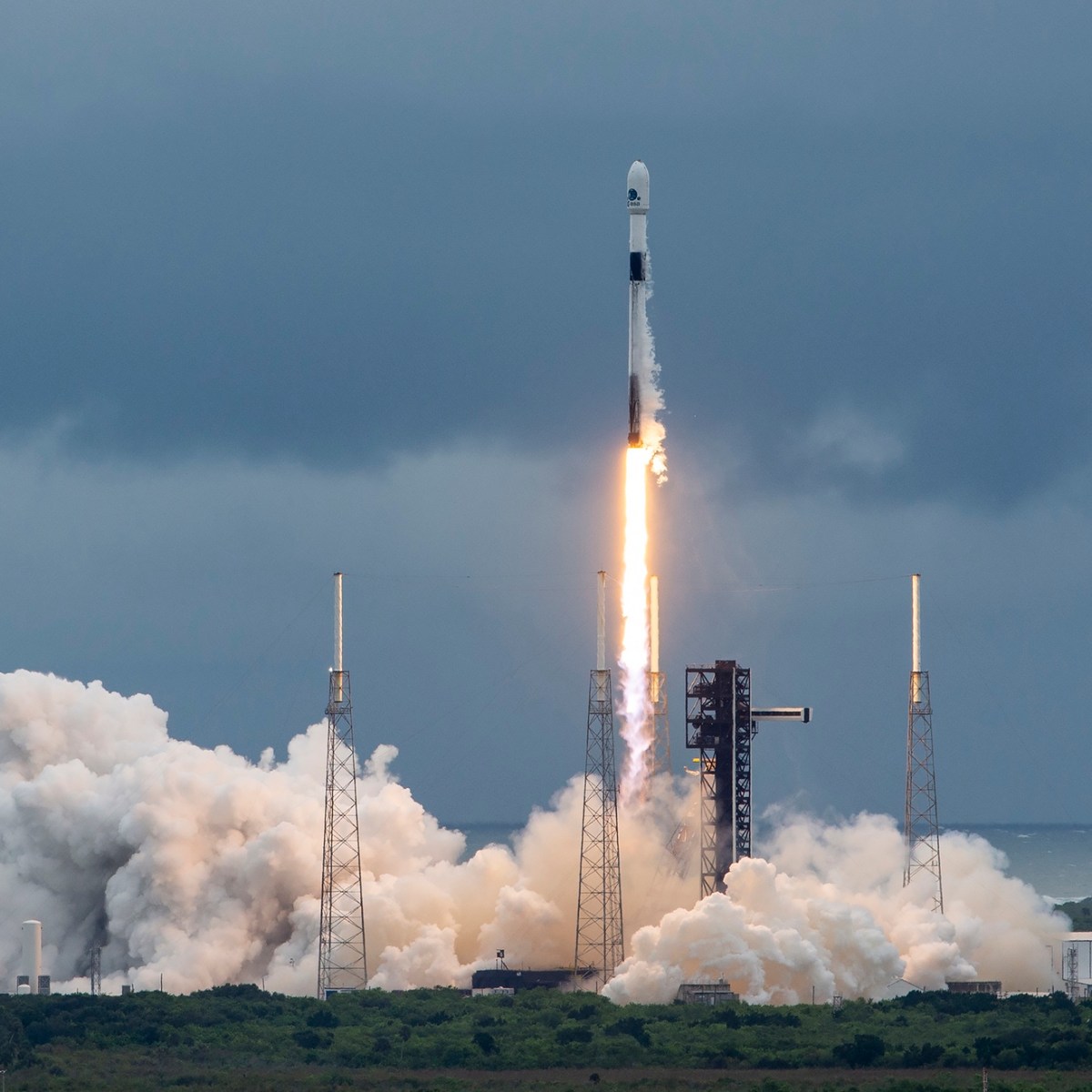FAA Greenlights SpaceX Falcon 9 Launches Following Investigation of Recent Anomaly
In recent news, the Federal Aviation Administration (FAA) has granted SpaceX the approval to resume its Falcon 9 rocket launches. This decision comes after a temporary suspension following an anomaly with the rocket’s upper stage during a mission nearly two weeks ago. Meanwhile, SpaceX is also awaiting approval for its next major launch involving the Starship vehicle.
Background of the Anomaly
The pause in Falcon 9 launches was implemented after an issue occurred during the Crew-9 mission for NASA, which took place on September 28. The anomaly was related to the final deorbit burn of the Falcon 9’s upper stage, which is a critical maneuver intended to guide the spent stage safely back into Earth’s atmosphere over a designated zone. In this incident, the upper stage re-entered the atmosphere outside its designated zone over the South Pacific Ocean, east of New Zealand.
The deorbit burn is a controlled process where the rocket’s engines are reignited briefly to alter its trajectory. This ensures the rocket stage falls into a predetermined safe area, minimizing any potential risks to populated regions or shipping lanes. The term "off-nominal" in aerospace refers to any deviation from expected operations, indicating that the deorbit burn did not go as planned.
FAA’s Review and Decision
On October 11, the FAA announced it had completed a thorough review of SpaceX’s investigation into the anomaly. The FAA accepted SpaceX’s findings and the corrective actions proposed to prevent future occurrences. With this clearance, SpaceX is now authorized to resume its Falcon 9 flight operations.
Details regarding the investigation findings or the specific corrective measures have not been disclosed by either the FAA or SpaceX. However, the FAA’s approval signifies that they are confident in the safety measures implemented by SpaceX to address the issue.
Exceptions and Safety Concerns
Despite the suspension, SpaceX was permitted to proceed with a specific Falcon 9 launch on October 7, involving the European Space Agency’s Hera asteroid mission. The FAA granted this exception because the upper stage involved in this mission was intended for an Earth-escape trajectory, meaning it wouldn’t re-enter Earth’s atmosphere, thus eliminating any public safety concerns related to the deorbit burn anomaly.
The FAA emphasized that the Hera mission’s approval was an isolated case. The agency made it clear that resuming regular Falcon 9 operations would depend on the completion of their review of SpaceX’s Crew-9 mishap investigation report, prioritizing safety above all.
Upcoming SpaceX Missions
SpaceX has not yet announced a specific date for the next Falcon 9 flight following the recent clearance. However, the company is gearing up for a significant launch involving the Falcon Heavy rocket. This mission, scheduled potentially as soon as October 13, will carry NASA’s Europa Clipper spacecraft from the Kennedy Space Center. Notably, this launch is not under the jurisdiction of the FAA’s licensing process.
Additionally, SpaceX is preparing for the fifth integrated test flight of its ambitious Starship vehicle from the Starbase facility in Boca Chica, Texas. This test aims to demonstrate the full capabilities of the Starship, including its upper stage stacked on the powerful Super Heavy booster. Launch preparations are underway, including necessary airspace and maritime notices, along with road closures around the site.
SpaceX expressed optimism on social media that regulatory approval would be secured in time for the scheduled October 13 test flight. However, the updated FAA launch license required for this test flight has not yet been issued.
Understanding the Implications
For those not familiar with the technical aspects of space launches, understanding the significance of these events is crucial. Rockets like the Falcon 9 and Falcon Heavy are designed to transport payloads into space, which can include satellites, scientific instruments, or even crewed missions. The upper stage anomaly in question is a reminder of the complexities involved in rocket launches, where precision is vital for mission success and safety.
SpaceX’s Falcon 9 is a workhorse in the commercial space industry, known for its reliability and cost-effectiveness, thanks in large part to its reusability. The company’s ability to identify and rectify issues promptly is a testament to its commitment to safety and innovation in space exploration.
The ongoing developments with the Starship project are particularly noteworthy. Starship is designed to be a fully reusable spacecraft capable of carrying large payloads and many passengers to destinations such as the Moon and Mars. The success of test flights is essential for proving its design and operational capabilities.
Industry Reactions and Looking Ahead
The aerospace industry closely monitors these developments, as they have broader implications for future space missions and commercial spaceflight. The temporary halt in Falcon 9 launches highlights the stringent safety measures and regulatory oversight that govern spaceflight, ensuring that any potential risks are addressed before operations resume.
As SpaceX moves forward with its ambitious plans, the industry anticipates not only successful launches but also advancements in technology that could revolutionize space travel. The ability to rectify issues and continue with scheduled launches reflects the resilience and adaptability of companies like SpaceX in overcoming obstacles and pushing the boundaries of what is possible.
For space enthusiasts and industry watchers, the next few days promise to be exciting as SpaceX prepares for its forthcoming launches. The focus remains on ensuring that all safety and regulatory requirements are met, allowing these groundbreaking missions to proceed. The successful resumption of Falcon 9 launches, coupled with the progress on the Starship program, underscores SpaceX’s pivotal role in shaping the future of space exploration.
For more detailed information and updates, visit the original source at SpaceNews here.
For more Information, Refer to this article.


































